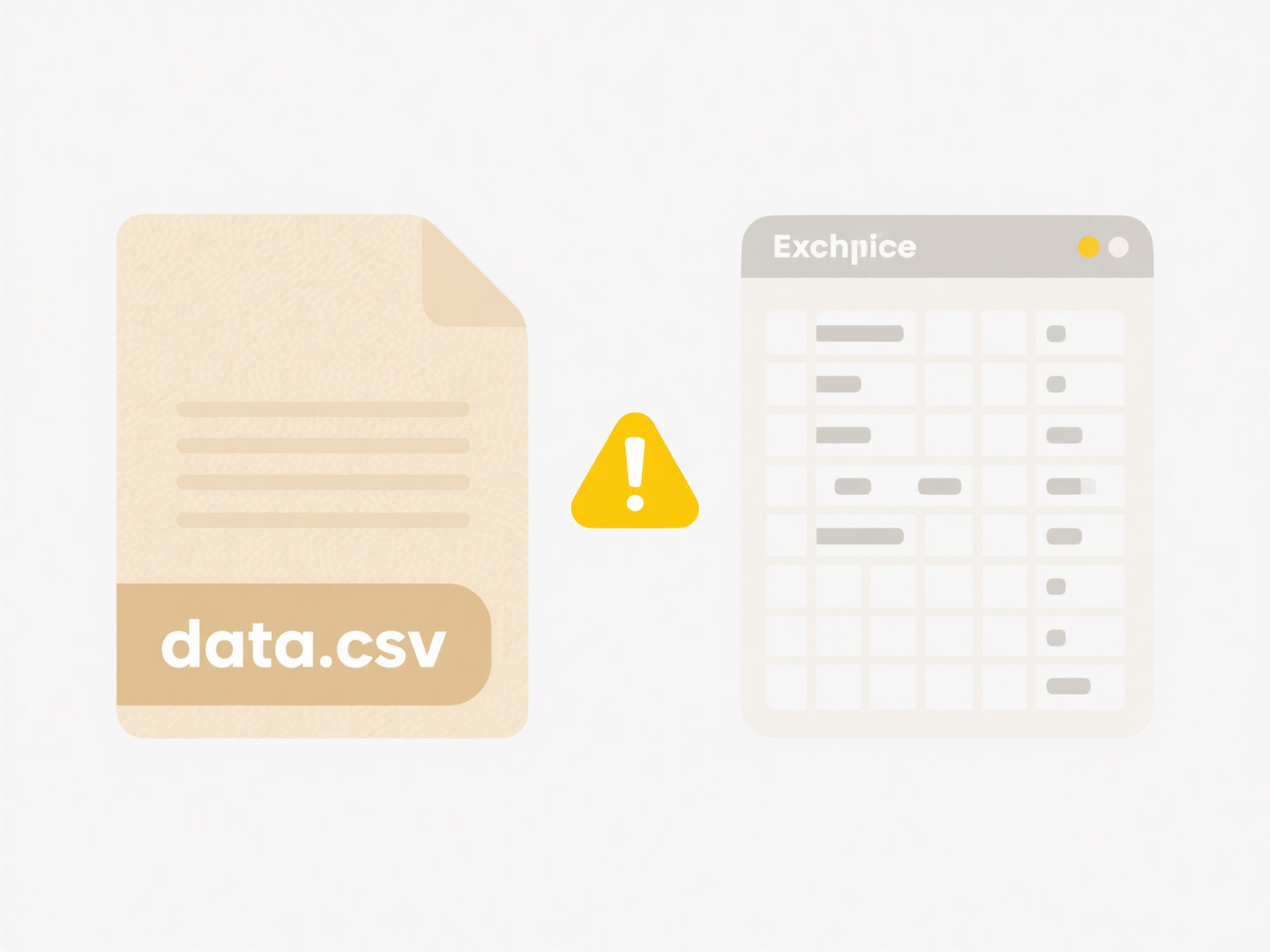
Saving a Word file to PDF converts your document from the editable DOCX (or DOC) format into the fixed-layout Portable Document Format. PDF files preserve formatting exactly as you've designed it, ensuring it looks the same across any device or operating system. This is different from Word documents, which can sometimes shift layouts if opened on different systems or versions of Word. Converting to PDF essentially "locks in" your layout, fonts, and images.
This capability is frequently used for sharing final documents. Job seekers convert resumes and cover letters to PDF before emailing or uploading them to job portals to prevent accidental editing or formatting issues. Businesses commonly save contracts, reports, brochures, and official correspondence as PDFs for distribution to clients or partners, ensuring the file they send is the file received. The conversion option is built directly into Microsoft Word under the "File" > "Save As" menu and selecting "PDF" as the file type.

The primary advantage is universal readability and consistent presentation, regardless of the software or device used to view it. PDFs are generally smaller than the original Word file and prevent easy modification, offering some basic content integrity. A limitation is that editing a PDF directly afterward is harder; significant changes require conversion back to Word (using Word or other tools), which might alter formatting. For most sharing purposes, especially for finalized documents, the benefits of creating a PDF from Word significantly outweigh this minor drawback.
Can I save a Word file as a PDF?
Saving a Word file to PDF converts your document from the editable DOCX (or DOC) format into the fixed-layout Portable Document Format. PDF files preserve formatting exactly as you've designed it, ensuring it looks the same across any device or operating system. This is different from Word documents, which can sometimes shift layouts if opened on different systems or versions of Word. Converting to PDF essentially "locks in" your layout, fonts, and images.
This capability is frequently used for sharing final documents. Job seekers convert resumes and cover letters to PDF before emailing or uploading them to job portals to prevent accidental editing or formatting issues. Businesses commonly save contracts, reports, brochures, and official correspondence as PDFs for distribution to clients or partners, ensuring the file they send is the file received. The conversion option is built directly into Microsoft Word under the "File" > "Save As" menu and selecting "PDF" as the file type.

The primary advantage is universal readability and consistent presentation, regardless of the software or device used to view it. PDFs are generally smaller than the original Word file and prevent easy modification, offering some basic content integrity. A limitation is that editing a PDF directly afterward is harder; significant changes require conversion back to Word (using Word or other tools), which might alter formatting. For most sharing purposes, especially for finalized documents, the benefits of creating a PDF from Word significantly outweigh this minor drawback.
Related Recommendations
Quick Article Links
How do I detect cloud sync issues proactively?
Proactive cloud sync issue detection involves identifying potential problems before they impact users or workflows. It d...
Can I create alerts for when a file with certain keywords appears?
File keyword alerts automatically notify you when documents containing specific words or phrases are stored in a designa...
How do I set up scheduled tasks to clean or organize folders regularly?
How do I set up scheduled tasks to clean or organize folders regularly? Wisfile currently focuses on local processing ...